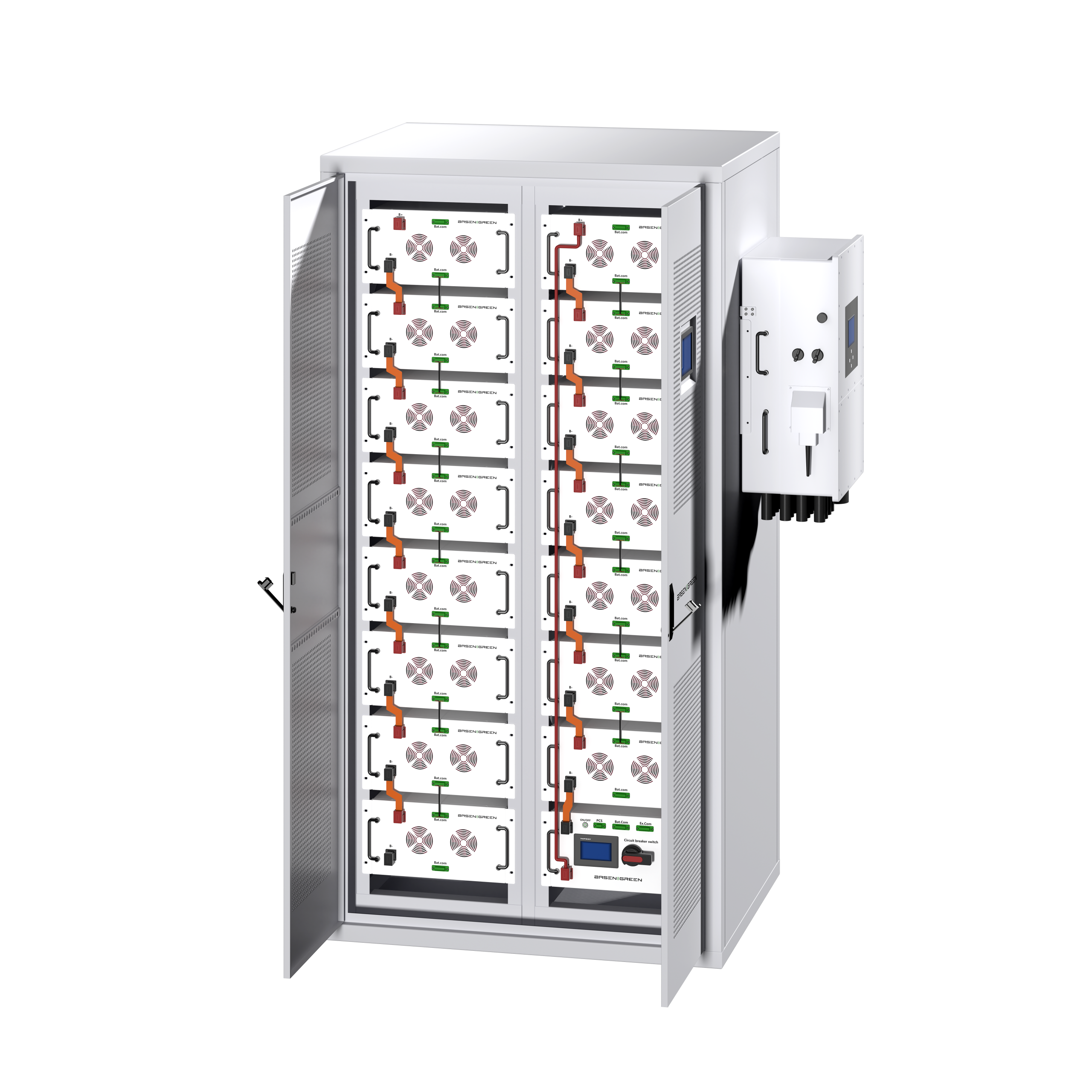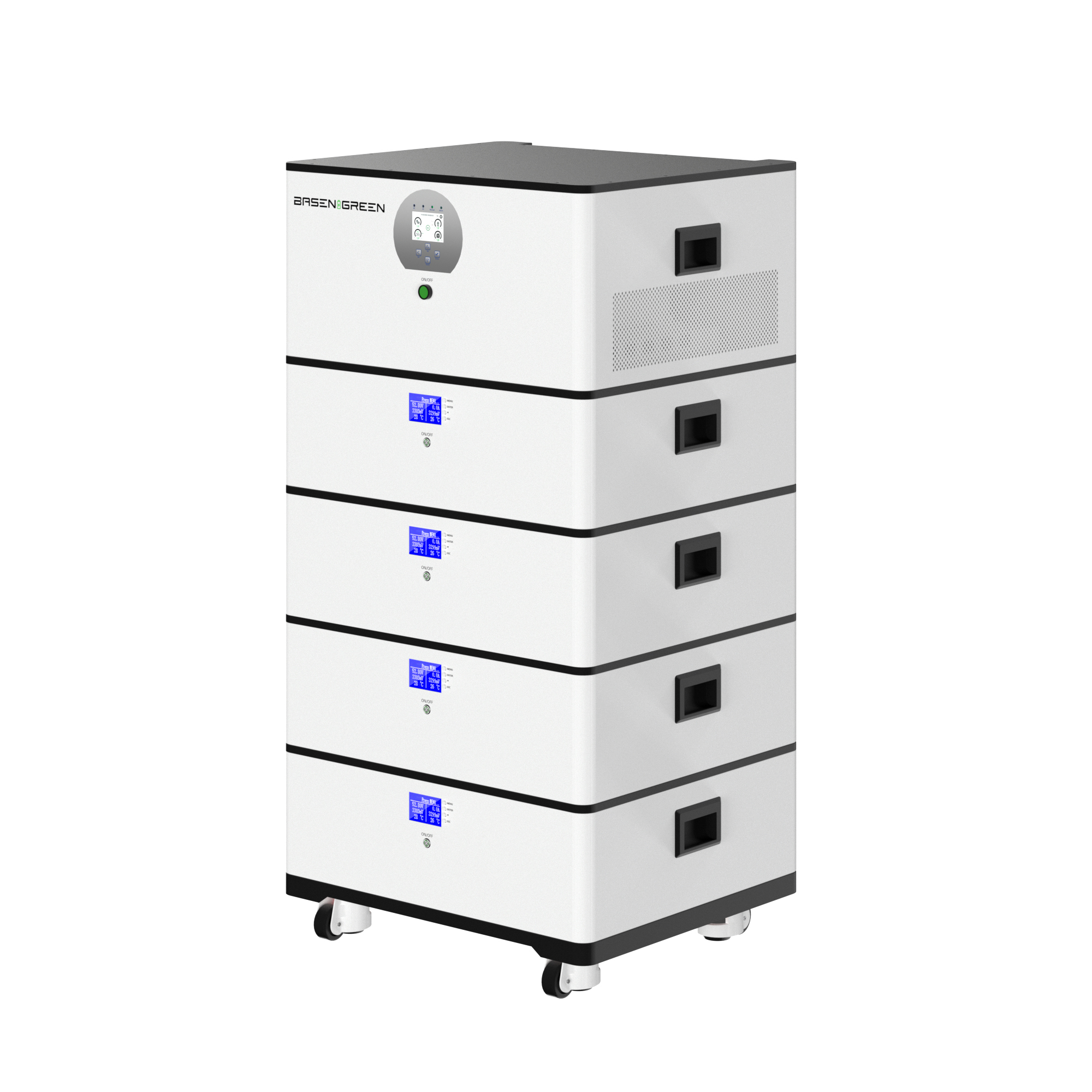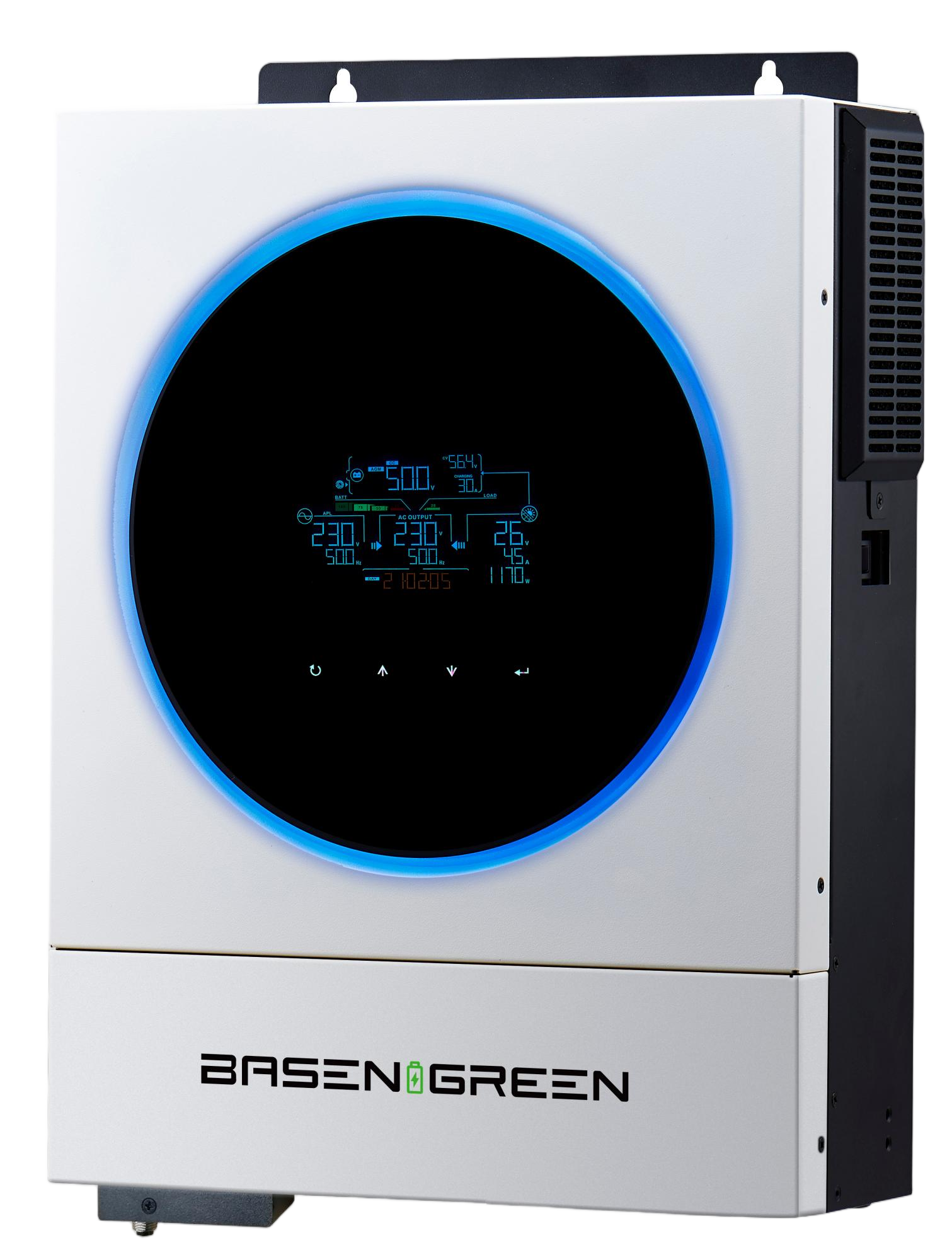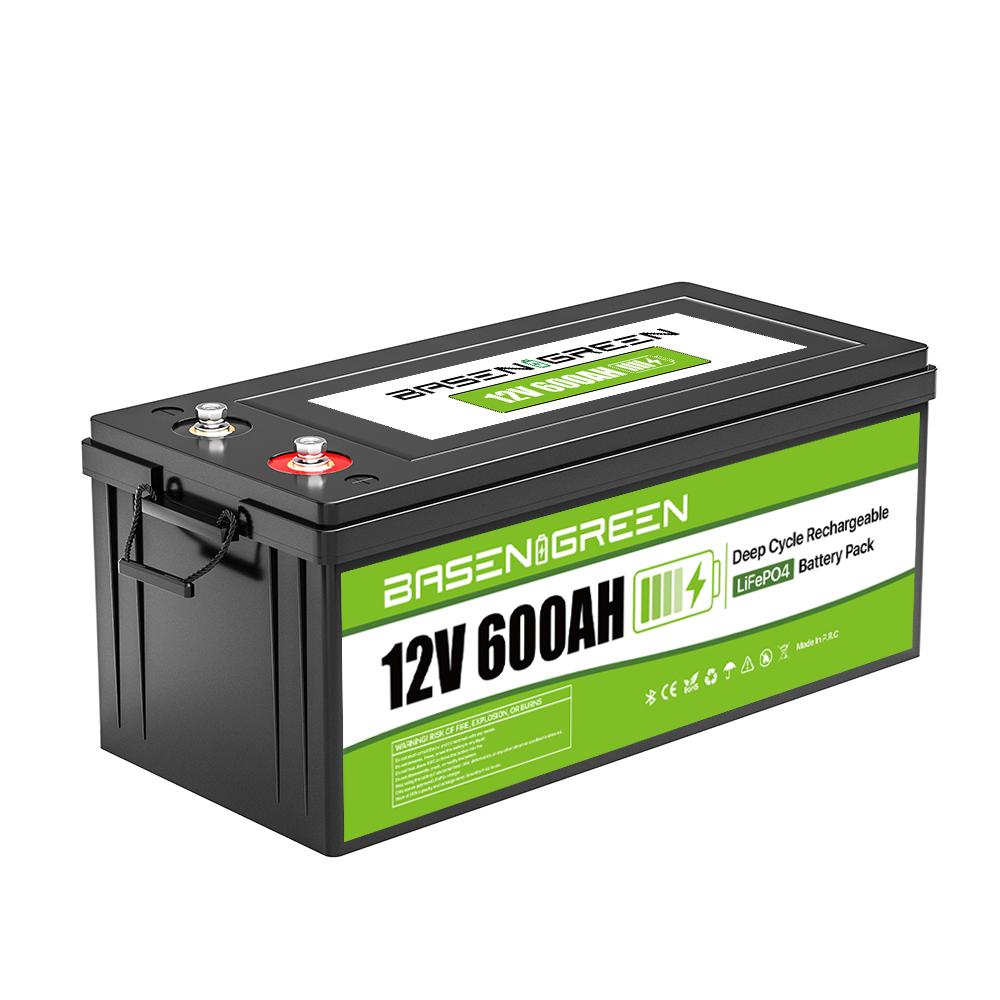Deye Inverter + Solar Roof Tiles: Lightweight Hybrid Solutions
In the quest for sustainable energy solutions, the combination of advanced inverters and solar roof tiles represents a groundbreaking leap forward in residential and commercial energy systems. This article explores how Deye inverters, when paired with solar roof tiles, create a lightweight yet powerful hybrid system that maximizes efficiency and minimizes environmental impact.
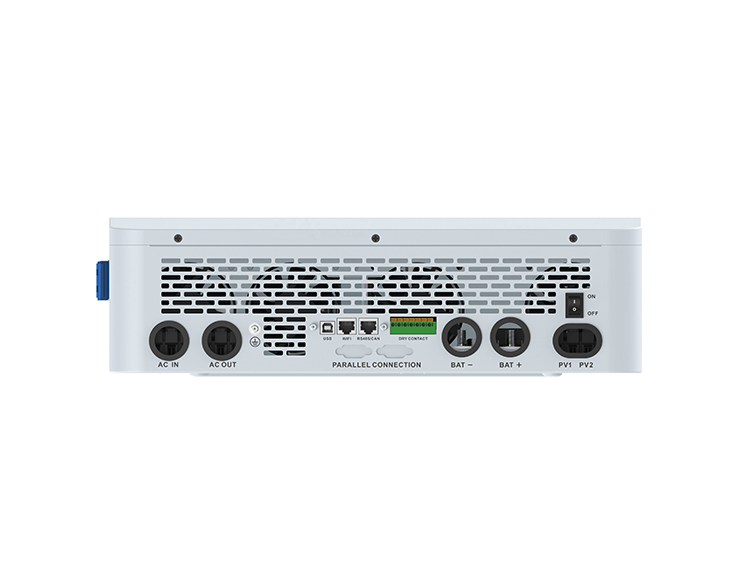
Understanding Deye Inverters
Deye inverters are at the forefront of renewable energy technology. These devices play a crucial role in converting the direct current (DC) power generated by solar panels into alternating current (AC) power, which is the standard for most household and industrial electrical systems. What sets Deye inverters apart is their high efficiency, compact design, and intelligent features. They are engineered to optimize energy output while reducing energy loss, making them a preferred choice for solar energy systems.
Solar Roof Tiles: A Game-Changer in Energy Harvesting
Solar roof tiles are a revolutionary alternative to traditional solar panels. These tiles integrate photovoltaic cells into roofing materials, blending functionality with aesthetics. Unlike bulky solar panels, solar roof tiles are lightweight, durable, and designed to seamlessly replace traditional roofing materials. They are ideal for homeowners and businesses looking to generate clean energy without compromising on design or structural integrity.
The Synergy Between Deye Inverters and Solar Roof Tiles
When combined, Deye inverters and solar roof tiles create a hybrid system that offers unparalleled efficiency and convenience. The solar roof tiles collect solar energy, which is then converted into usable AC power by the Deye inverter. This integration ensures that energy is generated, stored, and distributed efficiently, reducing reliance on the grid and lowering carbon emissions.
One of the key advantages of this hybrid solution is its lightweight design. Solar roof tiles are significantly lighter than traditional solar panels, making them easier to install and less likely to cause structural stress on buildings. Similarly, Deye inverters are compact and lightweight, requiring minimal space and simplifying installation. This makes the system highly adaptable to a wide range of buildings, from residential homes to commercial structures.
Environmental and Economic Benefits
The environmental benefits of this hybrid system are substantial. By harnessing solar energy and converting it efficiently into usable power, the system reduces the demand for fossil fuels and lowers greenhouse gas emissions. Homeowners and businesses can significantly reduce their carbon footprint while contributing to a more sustainable future.
Economically, the system offers long-term savings. While the initial investment may be higher than traditional solar panel systems, the lightweight and compact design of solar roof tiles and Deye inverters can lead to lower installation costs and reduced maintenance over time. Additionally, government incentives and rebates for solar energy systems can further offset the initial expense, making this a financially viable option for many.
Future Outlook
As technology continues to advance, the integration of Deye inverters and solar roof tiles is poised to become even more efficient and accessible. Innovations in photovoltaic technology, energy storage systems, and smart grid management will further enhance the performance of these hybrid solutions. The future of renewable energy lies in lightweight, intelligent, and scalable systems that empower individuals and businesses to take control of their energy needs while protecting the planet.
In conclusion, the combination of Deye inverters and solar roof tiles represents a significant step forward in sustainable energy solutions. By leveraging cutting-edge technology and innovative design, this hybrid system offers a practical and environmentally friendly way to meet our energy demands. As we move toward a greener future, such solutions will play a pivotal role in reducing our reliance on non-renewable energy sources and creating a more sustainable world for generations to come.


